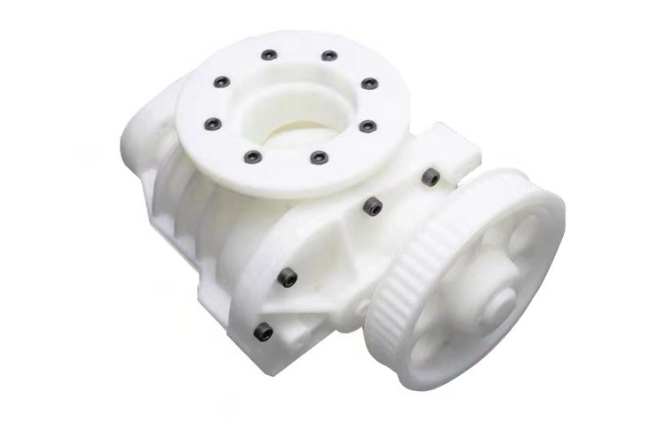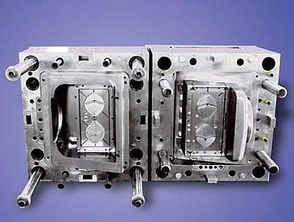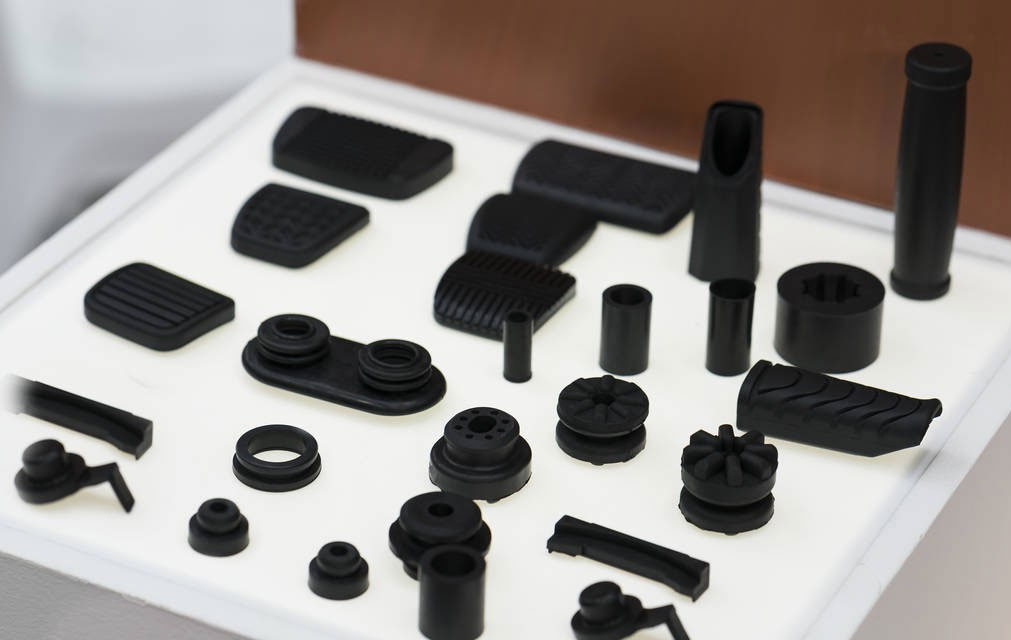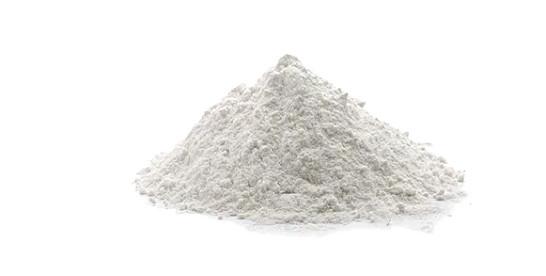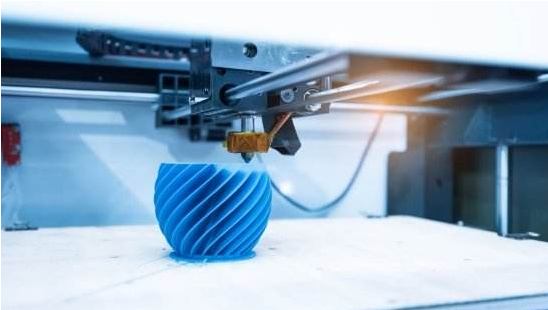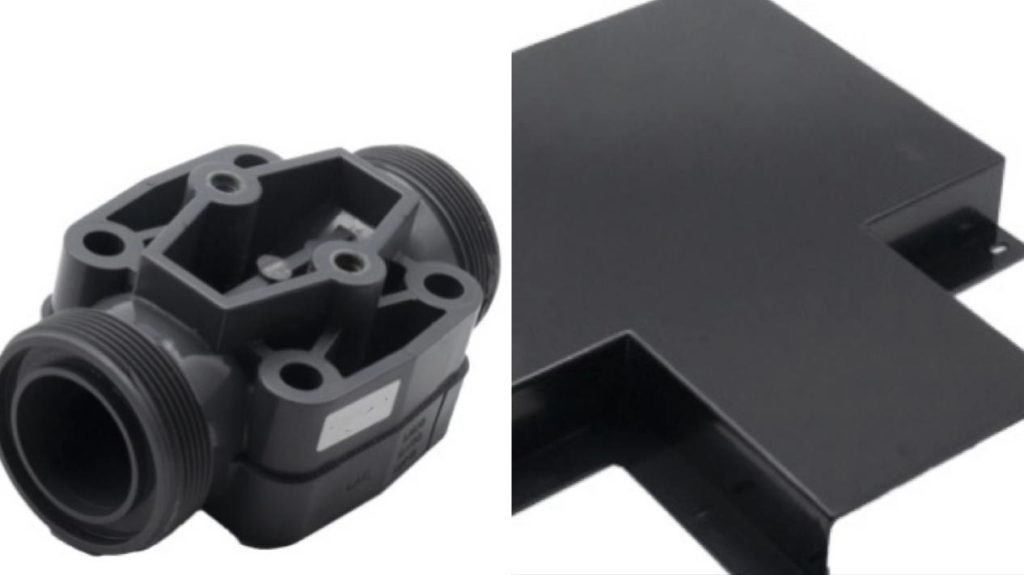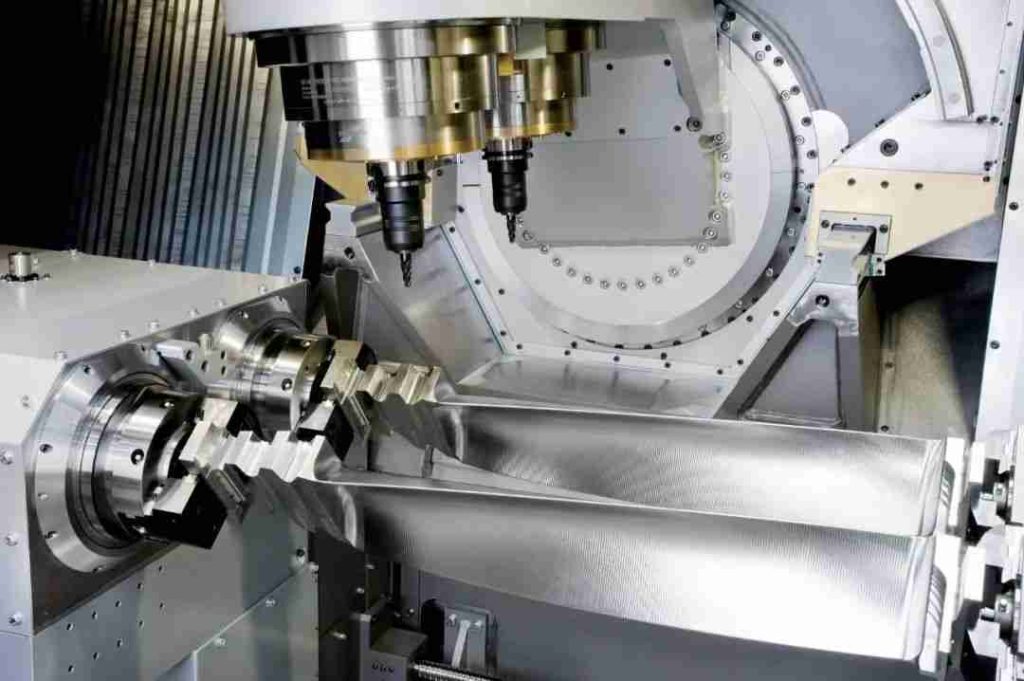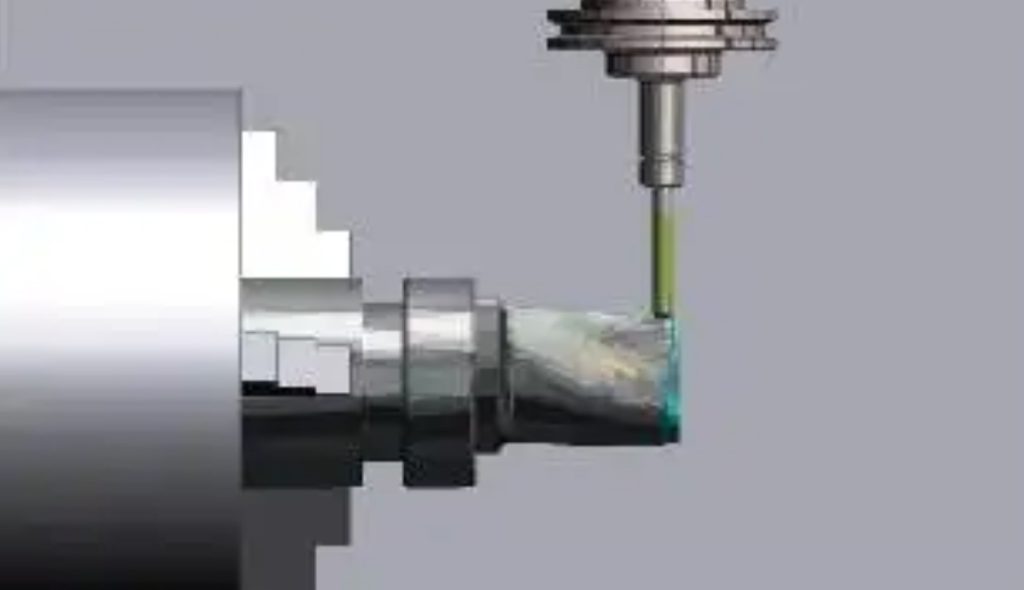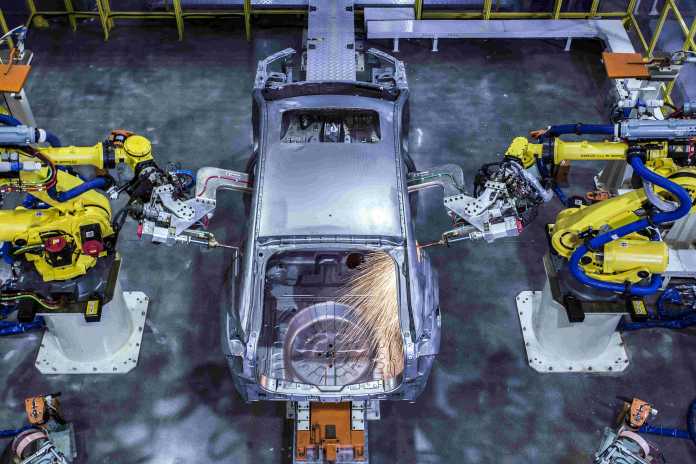Injection molding is a widely used manufacturing process that is used to produce a variety of products ranging from toys and medical devices to automotive parts and electronic components. In this article, we will answer four common questions that you may have about injection molding such as thermoset and thermoplastic materials, as well as injection molding temperature. Understanding these concepts can help you make informed decisions when it comes to selecting the right materials and processes for your project.
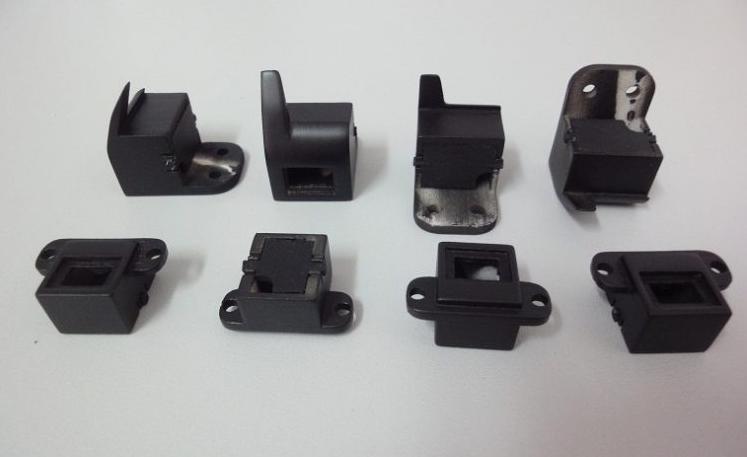
1. What is the difference between thermoplastic and thermosetting materials in injection molding?
The main difference between thermoplastic and thermosetting materials in injection molding is their chemical and physical properties. Thermoplastic materials are made up of long chains of molecules that can be melted and reshaped multiple times, making them highly flexible and versatile. In contrast, thermosetting materials are made up of a network of interconnected molecules that become permanently solid and inflexible once they are cured or cross-linked, making them highly durable and heat-resistant.
Thermoplastic injection molding
When it comes to injection molding, thermoplastic materials are more commonly used because they can be melted and reshaped multiple times, allowing for efficient and cost-effective mass production of complex and customized parts. Additionally, thermoplastics have a shorter curing time and can be recycled, which makes them more eco-friendly. However, they may not be as durable or heat-resistant as thermosetting materials.
Thermoset injection molding
Thermosetting materials, on the other hand, are used for manufacturing high-stress, high-temperature, and high-performance parts that require exceptional durability, rigidity, and chemical resistance. Examples of thermosetting materials commonly used in injection molding include epoxy resins, phenolic resins, and melamine resins. However, they have a longer curing time and cannot be reshaped once they are cured, which limits their versatility and customization options.
2. Can recycled materials be used in injection molding?
Yes, recycled materials can be used in injection molding. In fact, the use of recycled materials has become increasingly popular in recent years as companies and consumers have become more aware of the environmental impact of plastic waste.
Recycled materials can be obtained from a variety of sources, including post-consumer waste, industrial scrap, and manufacturing byproducts. These materials are typically processed and purified to remove any impurities or contaminants and then mixed with virgin material to create a blend that can be used in the injection molding process.
The use of recycled materials in injection molding can offer several benefits, including cost savings, reduced environmental impact, and improved sustainability. However, it is important to note that the properties and characteristics of recycled materials may be different from those of virgin materials, which can affect the performance, quality, and consistency of the finished parts.
To ensure the quality and consistency of parts made from recycled materials, it is important to carefully control and monitor the injection molding process, as well as to test and validate the properties and performance of the finished parts. Many manufacturers and organizations have developed standards and guidelines for the use of recycled materials in injection molding to help ensure that they are used safely and effectively.
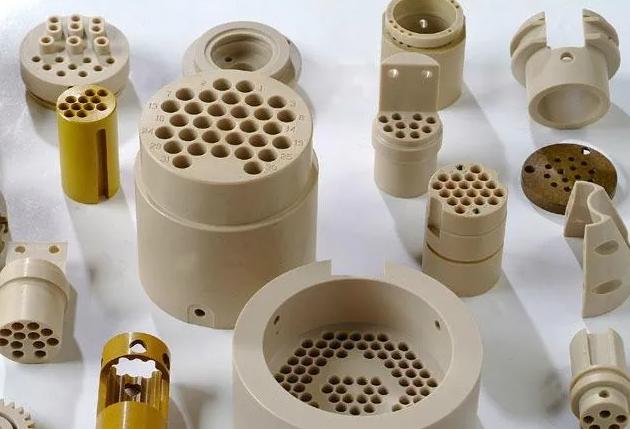
3. How does the temperature of the material affect the injection molding process?
The temperature of the material plays a critical role in the injection molding process, as it affects the flow, viscosity, and curing behavior of the material.
During the injection phase of the process, the material is melted and injected into the mold under high pressure. Injection molding temperature must be carefully controlled to ensure that it flows smoothly and evenly into the mold, without any defects or irregularities. If the material is too hot, it can cause overfilling, flash, or warping, while if it is too cold, it can cause underfilling or incomplete curing.
During the holding and cooling phases of the process, the material is allowed to solidify and cure in the mold. Injection molding temperature must be carefully monitored and controlled during this phase to ensure that it cures evenly and completely, without any defects or inconsistencies. If the material is cooled too quickly, it can cause cracking, brittleness, or shrinkage, while if it is cooled too slowly, it can cause warping or deformation.
Overall, the Injection molding temperature is a critical factor in determining the quality, consistency, and efficiency of the injection molding process. By carefully controlling the temperature of the material, manufacturers can ensure that they produce high-quality, defect-free parts that meet the specifications and requirements of their customers.
4. What are some current trends in injection molding technology and innovation?
There are several current trends in injection molding technology and innovation that are shaping the future of the industry.
One of the major trends is the integration of automation and Industry 4.0 technologies, such as artificial intelligence, machine learning, and the Internet of Things, to improve efficiency, quality, and productivity.
Another trend is the use of advanced materials, including bioplastics, composites, and nanomaterials, to enhance the performance, durability, and sustainability of molded parts.
Additionally, the development of micro-injection molding, multi-component molding, and in-mold labeling technologies is allowing manufacturers to produce more complex and customized parts with higher precision and functionality.
Finally, the adoption of eco-friendly and energy-efficient processes, such as gas-assisted molding, is reducing waste, emissions, and energy consumption, and improving the overall sustainability of injection molding.


